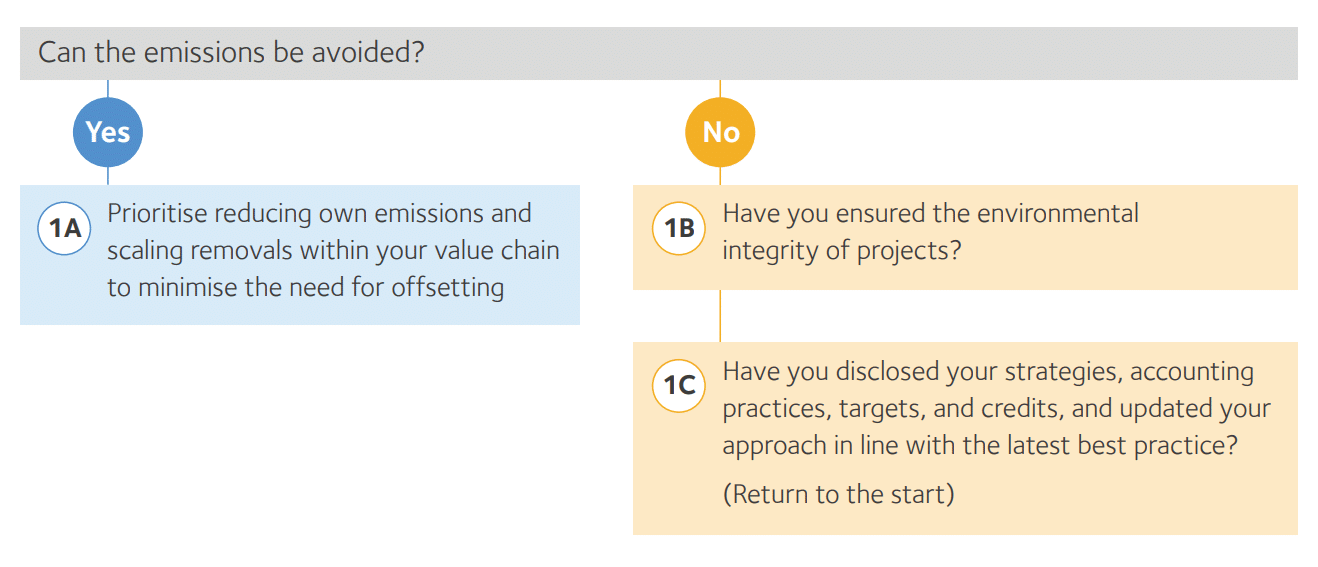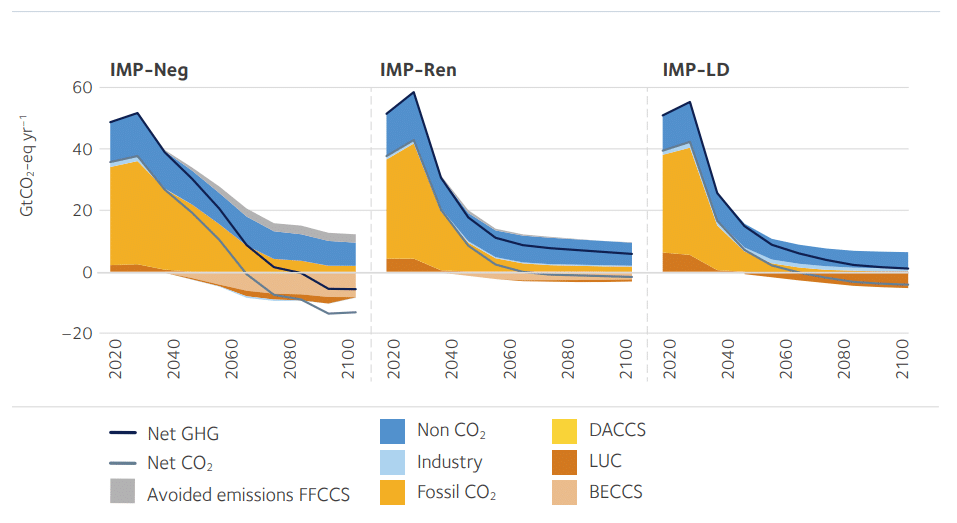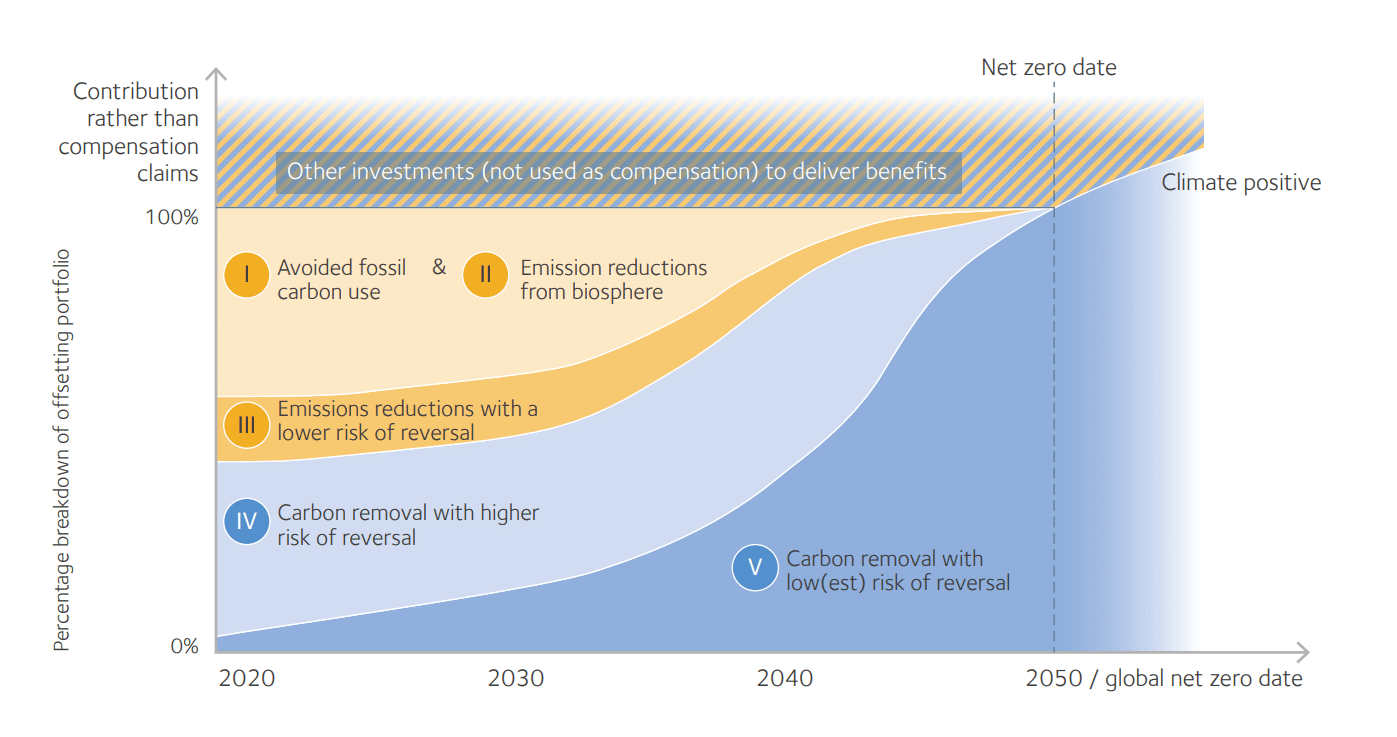A team of Oxford University researchers has released an updated version of the flagship guidance on credible and net zero-aligned carbon offsetting. First published in 2020, this guidance for high-integrity carbon credits has been widely adopted by hundreds of organizations.
The revised ‘Oxford Offsetting Principles‘ offer clarifications to the original text, incorporating the latest scientific findings while warning that the vast majority of offsetting approaches are not delivering on their promises.
They call for a significant course correction in carbon markets, emphasizing the need for offsetting that align with efforts to reach the Net Zero scenario.
Unveiling the Flaws: Why Current Offsetting Approaches Fall Short
Injy Johnstone, Research Associate at the Oxford Sustainable Finance Group in the Smith School of Enterprise and the Environment, highlights the shortcomings of current offsetting approaches saying:
“The vast majority of current offsetting approaches are not getting us any closer to net zero emissions, and trust in the concept of ‘offsetting’ has been so badly damaged that some organizations are moving away from using the term at all.”
This situation prompted the revised version of the guidance. It provides essential guide for entities to develop offsetting strategies that truly contribute to achieving net zero emissions by 2050 or sooner.
Amid mounting pledges to reach net zero, companies have increasingly turned to purchasing carbon credits to offset their carbon footprint. However, the market is currently facing significant challenges and increased scrutiny.
Carbon price have plummeted immensely. NGEO (Nature-Based Carbon Offsets) price steeply declined by 81% in trading in December last year. This sharp decline reflects the current breakdown in carbon offset markets and the erosion of confidence in them.
As companies grapple with the imperative to reduce their environmental impact, addressing the challenges facing carbon markets becomes increasingly urgent. This is where the updated Oxford carbon offsetting guidance comes in very handy.
The guide focuses on four key elements for credible net zero aligned-offsetting, explained in details below.
The Updated Oxford Offsetting Principles
Principle #1: Cut emissions as a priority, ensure the environmental integrity of credits, and regularly revise as best practice evolves.
This principle, outlined in the figure below, presents a decision tree for users considering carbon offsetting. It’s important to note that these approaches are not strictly mutually exclusive or sequential.

Organizations have the flexibility to pursue multiple strategies, prioritizing emissions reduction efforts while also supporting high-integrity, net zero-aligned offsetting projects. Strategies can be continuously updated and refined as new solutions emerge.
Principle #2. Transition to carbon removal offsetting for any residual emissions by the global net zero target date
Relying solely on carbon credits from avoidance or reduction projects is inadequate as a long-term strategy to achieve net zero. Any remaining residual emissions at the net zero target date must be counterbalanced by carbon removals.
The second principle emphasizes that it’s imperative for organizations to explicitly define their carbon removal targets and regularly reassess them to align with actual progress in emission reduction efforts.

Principle #3. Shift to removals with durable storage to compensate residual emissions
The third principle underscores the critical importance of storing carbon in a manner that ensures permanence and minimizes reversal risk.
Recognizing the inherent risk of carbon unintentionally released back into the atmosphere, any strategy aimed at achieving net zero emissions must acknowledge and address this risk accordingly. Different forms of carbon storage, including biological and geological methods, exhibit varying characteristics depending on their deployment and management.
The figure below presents an example of a Net Zero Aligned Offsetting Portfolio. It provides an illustrative breakdown of the proportion of various project types useful to address residual emissions from 2020 to 2050.

Principle #4. Support the development of innovative and integrated approaches to achieving net zero
This last principle underscores the importance of proactively stimulating the development of carbon removals. This principle emphasizes that actors should not solely rely on offsetting via carbon credits but should explore a range of levers to drive progress in this area.
It advocates for entities to signal and commit today to procuring carbon removals to offset residual emissions. This may involve advanced market commitments or other mechanisms aimed at fostering the development/deployment of carbon removal technologies.
Large companies are investing in various carbon removal projects to help scale it up. Tech giants, like Microsoft, Amazon, and Apple, are in the frontline, pre-purchasing carbon removal credits to develop novel CDR methods.
Nature and Governments Have Roles to Play
The revision also underscores the important role of nature-based solutions as part of carbon removal approaches. It calls for mitigation efforts to extend beyond organizational net zero targets.
Overall, the revised Oxford Offsetting Principles offer a comprehensive framework for offsetting strategies grounded in the latest scientific evidence. The authors further emphasize the urgent necessity for regulatory intervention.
They assert that governments, standard setters, and other stakeholders must swiftly implement regulations to guide the market away from low-quality credits and low-integrity offsetting strategies. This regulatory action is crucial to ensuring the integrity and effectiveness of carbon offsetting practices to meet global climate goals.


